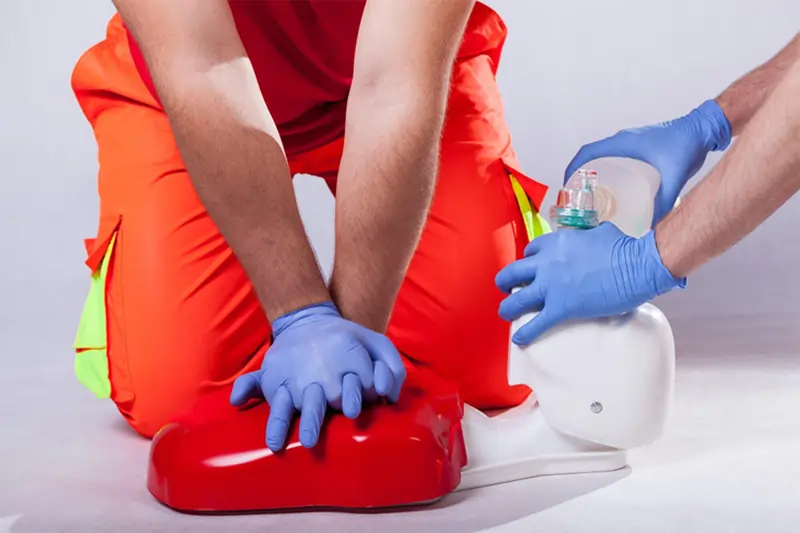Top Emergency Bleeding Control Techniques That Save Lives
Did you know that uncontrolled bleeding is one of the main reasons people die in emergencies that could have been avoided? We teach kids about safety at home, at school, and on the playground a lot. But it’s just as important for parents, teachers, and even older kids to learn how to stop bleeding, which can save lives.
It’s important to know how to stop bleeding for first responders, worried citizens, and parents who want to teach their kids about safety. Emergencies can happen at any time, even at home, on a camping trip, or during a school sports day. Knowing how to act quickly can mean the difference between life and death.
Let’s look at the most important ways to stop bleeding that everyone should know. You can use these tips to teach kids about health and safety in school or at home.
Understanding Bleeding Control
One important first aid skill is bleeding control, which is the act of stopping or slowing down blood loss until help arrives. Bleeding that isn’t controlled can cause shock or death in a matter of minutes, so it’s important to act quickly. The first thing to do is stay calm, figure out what’s going on, and find out where the bleeding is coming from and how bad it is.
Applying Direct Pressure
Putting direct pressure on a bleeding wound is one of the easiest and most effective ways to stop bleeding. Do these things:
- Use a clean cloth or bandages.
- Press down hard on the wound.
- Keep the pressure on for at least 10 minutes.
This method often works for small to moderate bleeding by putting pressure on the area to help it clot. As part of a family safety plan, it’s a good idea to teach older kids and teens how to do this step safely.
Packing the Wound
Packing may be needed for wounds that are bigger and deeper. This is how to do it safely:
- If you have gloves, wear them to lower the risk of infection.
- Use gauze or a clean cloth to tightly pack the wound.
- Keep putting pressure on the area until help arrives.
Packing can help stop a lot of bleeding, which is especially important in cases of traumatic injury. This method is best left to adults or people who have been trained, but kids can learn how and when to ask for help quickly.
Using a Tourniquet
Tourniquets are very useful for stopping severe bleeding from injuries to the arms and legs. Only use them when bleeding is life-threatening and direct pressure isn’t working. If pressure doesn’t work on an arm or leg, a tourniquet might be needed.
To use one:
- Put it 2–3 inches above the injury site.
- Tie it up tightly and twist it until the bleeding stops.
- Write down the exact time it was put on (this is important for medical staff).
Kids shouldn’t ever use tourniquets without training, but it’s good for them to know when they need help from an adult.
Utilizing Hemostatic Dressings
Hemostatic dressings help stop bleeding. These gauzes have special clotting agents in them that can help blood clot faster.
When you use:
- Put on firm pressure, just like you would with regular dressings.
- Tell emergency responders if you used hemostatic dressing.
These are often part of advanced first aid kits and can be taught in school safety workshops.
Emergency Preparedness Starts at Home and School
You need to know how to handle emergencies and practice them. If you’re a parent, teacher, or teen, learning how to stop bleeding can help you act quickly and effectively. Parents can set a good example by teaching their kids basic first aid and helping their older kids become more aware of safety. Schools can help by setting up interactive health and safety classes for students.
Most importantly, take the time to practice these skills and earn your first aid certification by taking courses that are approved. It’s a good thing to do that will make you feel better and could help you save a life.
Be the Difference in an Emergency
How you respond could be the most important thing that saves someone’s life. Many local communities first aid programs welcome families and have sessions for teens. You could be the one who saves a life the next time there is an emergency, whether it’s at home, at school, or on a field trip.
? For more educational safety topics for kids, families, and educators, explore the rest of our blog at KidsWorldFun.com/blog

